38 Absolutely (free) things to do in Rome
There are so many fascinating, historic and fun things to do and see in Rome, and the good thing is that it won’t cost you a dime. Here are some great inside tips from travel journalist from around the world who know Rome and share some of their favorite free attractions or activities to do around the city.
Next time that you are visiting Rome, bookmark this post on free things to do in Rome and you won’t have to open up your wallet for any of these amazing experiences.
Here’s what’s free to do in Rome
Explore the churches of Rome
1. St. Peter’s Basilica
St. Peter’s Basilica holds the title of the largest (and arguably the most beautiful) basilica in Rome. Located in Vatican City, this ancient church is home to several historical masterpieces including Michaelangelo’s Pieta, Bernini’s baldacchino (canopy), and even St. Peter himself. This definitely a must do on your Rome Itinerary to visit at the start of your visit to this amazing city.
Entrance to the basilica is completely free. Touring the surrounding piazza is free as well. If you happen to visit during a Christian holiday, you might be able to attend worship or even see the Pope — also for free.
Visit the Museo Storico Artistico to view religious artifacts or explore the underground Vatican Grottoes to see the tombs of popes past. They even offer guided English language tours during certain parts of the year. All for free!
There is one must-do at the basilica that isn’t free. That’s climbing to the top of the dome! For only 8 Euros (or 10 Euros to take the elevator), you can get an eagle eye view of the entire area. Please note, however, that there are 800+ steps to the top and even with the elevator option you will still have about 500 stairs to climb. It’s worth the labor and the cost though!
Be warned: this is one of the most popular attractions in Rome so be prepared to wait in line! The earlier you arrive, the shorter the queue. Also, the church and its surrounding area is large so wear comfortable walking shoes! Lastly, as an active place of worship, they follow strict guidelines regarding visitor dress code; no shorts, miniskirts, or bare shoulders.
Montoya with The Spring Break Family
2. The Church of Saint Cecilia in Trastevere
The Church of Saint Cecilia in Trastevere is one of a thousand Roman churches that house lovely art. But Saint Cecilia is special because of the understated beauty of the one main statue that is encased in the altar.
According to the story, Cecilia was a young Roman noble woman who converted to Christianity and was martyred in the 3rd Century. Before the Roman executioner cut her throat, she asked that her home be turned into a church. The church that stands here dates back to that time, so it’s entirely possible that the story is true.
But, the story does not stop there. The tomb of Cecilia was opened in 1599 when the church was being renovated. Supposedly, her body was discovered uncorrupted by the centuries. The Cardinal in charge of the renovation commissioned Renaissance sculptor Stefano Maderno to sculpt a likeness of the saint as she was found.
And this delicate rendition of a beautiful young woman, the slash on her throat visible, at peace with death, is the result. It’s my favorite sculpture in all of Rome.
Footnote: Saint Cecilia is the patron saint of music. The Paul Simon song, “Cecilia,” is about the difficulty of writing songs.
Check out Tom’s post on things to do in Rome with Travel Past 50.
3. Church of the Most Holy Trinity of Pilgrims
Nicholas with Rambling Feet
4. San Saba Basilica – supposedly the actual santa claus church
Eileen from Pure Wander
5. Church of Saint Yves at La Sapienza
The church of Saint Yves La Sapienza is one of the finest examples of Roman baroque architecture and designed by architect Francesco Borromini between 1642 to 1660, the ornate church is wonderful to explore inside and out. There are occasional art exhibits running in the main courtyard including art sculptures on the day that I visited this beautiful church.
Visit the famous Piazzas of Rome
6. People watch in the Spanish Steps
7. Hang out in the Piazza Navona
If you only have one piazza to visit in Rome, it should be at Piazza Navona. One of the most iconic spots and really the living room of Romans, the piazza is popular with lovers holding hands, children playing around the fountains, tourists taking pictures and fun people watching. It doesn’t hurt that stunning sculpture fountains by Bernini and Giamcomo and surrounded with gorgeous churches and other Baroque Roman architecture.
Tip – A great time to visit would be later in the day to sunset when the vibe is more relaxed, less tourists and tables are being set up of outdoor dining.
Check out Noel’s post on the top photo-worthy places to photograph Rome.
8. Campo de’ Fiori
A very short walk from Piazza Navona, the Campo de Fiori translated as” Field of flowers” is popular with it’s public flower, fruit and vegetable market which is fun to explore. The gorgeous buildings surrounding the square are classic and prominent buildings like the Palazzo Orsini, along with many other important business related buildings. At night the piazza is a popular meeting spot and many of the restaurants expand into the square with outdoor dining making this a nice place to hang out in the evenings.
9. Villa Borghese & view over Piazza del Popolo
10. Chilling out in Piazza della Rotonda
Located in the heart of the city, Piazza della Rotonda is a vibrant square in the centre of Rome. It’s most famous resident is the iconic Pantheon, a former Roman temple which is now a church and it is the magnificent circular rotunda dominating the square from which the Piazza della Rotonda takes its name – the Pantheon is casually known as the church of Santa Maria Rotonda. The Piazza came to life in the 15th Century when the Pope at the time ordered that the area in front of the ancient Pantheon was cleared of the maze of tiny shops and sheds which had sprung up around it. The Fontana del Pantheon, a beautiful and unique fountain, was then erected in the middle of the square and is topped with an Egyptian obelisk.
A constant stream of visitors to the Pantheon means the square today is bustling and full of energy. Street performers and musicians provide entertainment and the passing horses and carts bring a touch of days gone by. In the evenings the square comes alive with al fresco diners enjoying a glass of wine or a gelato as the sun goes down and the surrounding restaurants add to the lively atmosphere. It’s one of our favourite places in Rome and we’ve spent many hours soaking up the beautiful vibes of the Piazza della Rotonda.
Elaine and Dave with Show Them the Globe
11. Piazza del Popolo
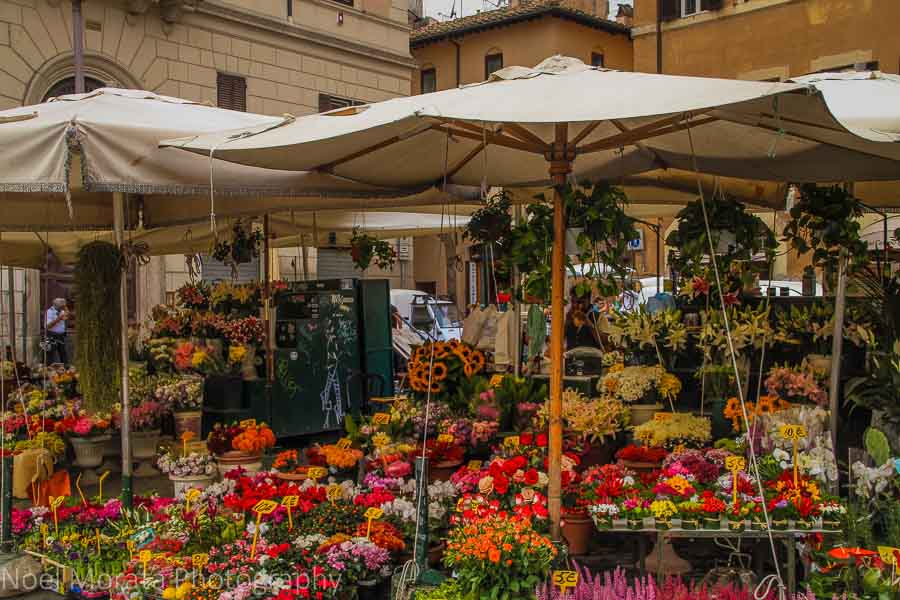
The colorful public markets of Rome
Discover the public markets of Rome
12. Porta Portese Market
Rome’s largest market spans at least a mile long on Via Portuense and Ippolito Nievo and other side streets in the Trastevere district. The Porta Portese market is a very popular flea market you will find everything from antique goods and collectibles, 2nd hand jewelry and accessories, old stinky carpets, vintage and used designer clothing and even exotic pets for sale.
Tip – The Porta Portese market is open 5am-2pm every Sunday
13. Campagna Amica Market
The foodie market to go to in Rome happens at the Campagna Amica Market on Saturdays and Sundays at the iconic Circus Maximus. You’ll find all the delicious farm to table produce, seasonal products and prepared foods available for a quick sale. If you’re looking for amazing olives, artisanal cheese or honey or hand made pasta, this is the place to check out and sample some amazing Roman products and direct from the farm goods.
Tip – The market is open Saturday and Sunday from 10:30am to 7pm
14. Borghetto Flaminio Market
The Borghetto Flaminio market is basically a flea market held on Sundays in the area surrounding Piazza del Popolo is the place to be if you love discovering collectibles, rare antiques and other interesting finds including used designer clothes. Also you’ll find some cool fashion accessories including jewelry, hats, shoes, belts, bags and sun glasses, even fur coats.
Tip – the Borghetto market is on Sundays from 10am until 7pm
15. Campo de’ Fiori Market
“Farmer’s markets are one of the best ways to find an authentic experience anywhere you go. They’re free to visit and filled with locals selling food native to the area and crafts that are tied to the culture. Rome is no exception. The city has a number of squares that, on any given day, are filled with colorful tents shading produce, crafts, and homemade Italian treats for the tasting. Campo de Fiori is arguably the most popular.
From 7AM-2PM Monday-Saturday, the square is alive with vendors. There are rows upon rows of freshly picked vegetables from the countryside. You can order pomegranate juice and watch it be pressed into your glass right in font of you. There are liquor samplings (even early in the morning!), and a number of vendors offering bread right out of the oven.
The busy square hasn’t always been so inviting, however. For centuries, it was actually the site of public executions. In the center of the square, a morbid statue of a hooded monk stands to remind people of the square’s dark history.
When the sun goes down, the vendors fold up their tents and the square transforms into a place for late-night entertainment, filled with café, theaters, and nightclubs.
For more, visit https://pinkcaddytravelogue. com/
16. Wander the neighborhoods of Rome
17. Explore the Travestere district
The Trastevere – Rome’s original public market area and Jewish neighborhood is a popular area to walk through and discover during the day time or even late into night. Filled with amazing food venues, public markets and specialty food vendors, it’s a great foodie spot to explore or just wander down the cobbled streets through this wonderful municipi (district) of Rome. While you are exploring the area, make sure to check out the fantastic main square called Piazza de Santa Maria which is wonderfully lit up with its gorgeous fountain – it’s a perfect hang out spot for locals and tourists visiting the area.
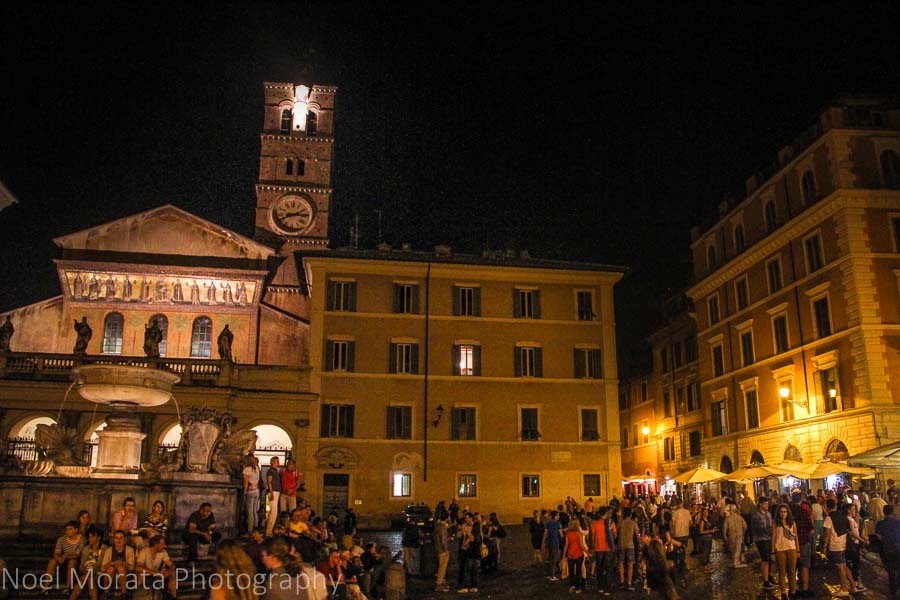
Trastevere main square and fountain at night time
18. Off the beaten path at Quartier coppede
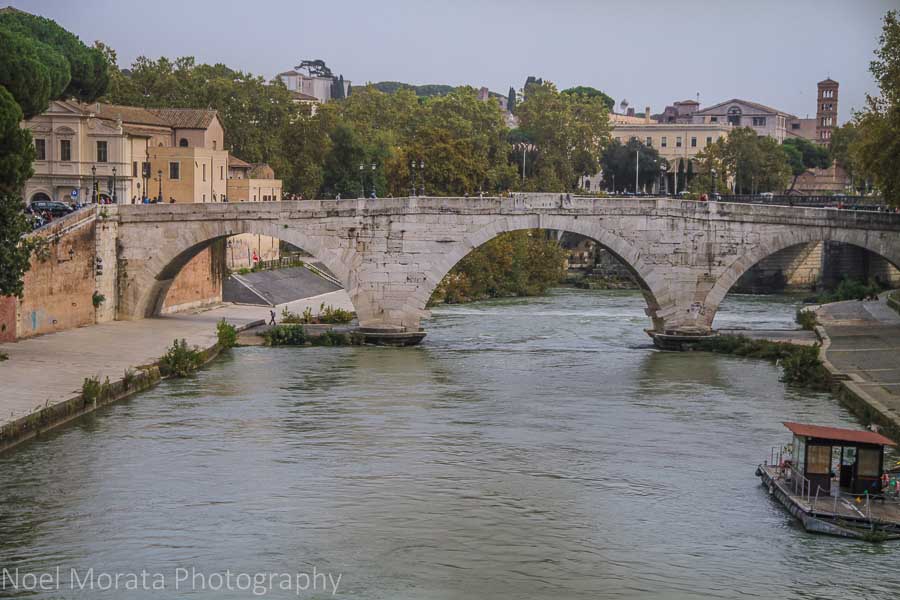
19. Wandering around Isola Tiberina – Tiber Island
For something a bit different and away from the bustle of the tourist center in Rome, head to Trastevere! It’s the cute, quaint, and bohemian area of Rome that feel miles away from the nagging gladiators who want a picture for a buck and the overpriced souvenir shops.
Fun Rome activities and things to do
20. Walk along the Tiber river
Check out Claudia’s post on what to do in Rome with My Adventures Across The World
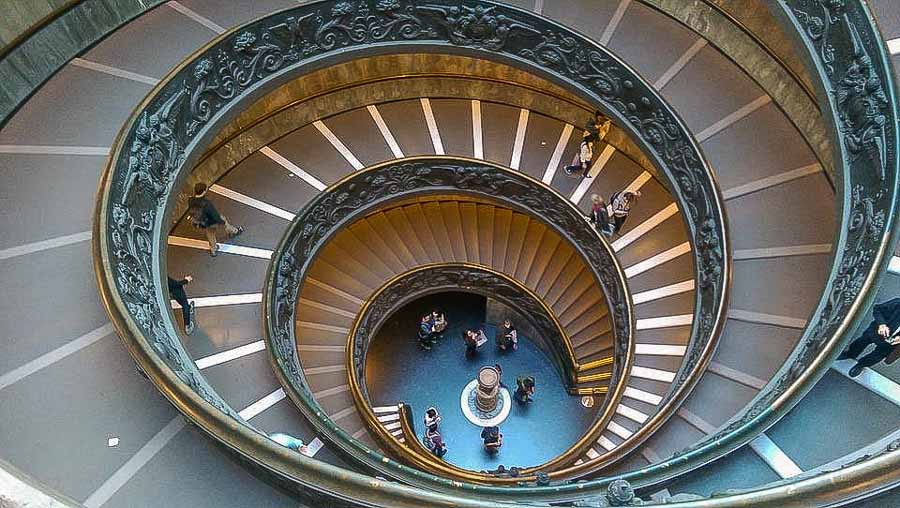
Vatican museum circular staircase in Rome
21. Free museum days in Rome
You can actually see many of the important historical attractions and museums for free in Rome on the first Sunday of each month for free. This includes popular places like the Roman Colosseum and Palatino, Villa D’est in Tivoli, National gallery of Antique arts in Barberini and Corsini and many other locations around Rome. Check out this site for a list of current museums and sites that are free to visit on those days.
22. Walk the Appian Way in Rome
The Roman Empire was well-known for many things, but one thing that often gets overlooked is their road system. “All roads lead to Rome,” is not just a saying. The military might of the empire was largely dependent on gaining easy access to ports and important cities to keep the military well supplied, and the Roman roads were built to facilitate this access. The Appian Way, starts at the Roman Forum and originally ended in Capua before extensions were also built. Today the road is still filled with huge stones and goes past castles, ruins, and some beautiful houses. You can easily spend a morning or even a full day walking along the road and stopping at some of the sights. To get to the best walking part of the road, take Bus 118 to the Appia Antica/Scuola Agraria stop, and n the way back you can pick the same bus back up at Via di Cecilia Metella and it will take you back to the Colosseum.
Check out Corrine’s post on tips to visiting Vatican City with Reflections Enroute.
23. Pope Greetings at St. Peter’s Square
One of the highlights of my trip to Rome was seeing the Pope speak in Vatican City. I inadvertently stumbled upon the experience, but the thousands of others that were gathered to watch were clearly in the know. Also, you don’t have to be Catholic to find enjoyment in the service; I personally am not part of the Catholic faith but loved seeing such a prominent world figure in person. What I didn’t realize at the time was that you can actually see the Pope on a bi-weekly basis. Keep in mind that changes when the Pope is out of town, however, his schedule is posted online about 2-3 months in advance so you can plan accordingly. Head to St. Peter’s Square on Sundays at 12:00PM and Pope Francis will appear from the window of one of the papal apartments for Angelus. He will spend 15-20 minutes greeting the crowd in multiple languages followed by the Angelus and ending with an Apostolic blessing. The Pope also holds a Papal Audience on Wednesdays at 10:30 AM that normally runs for 60-90 minutes. You do need to get tickets in advance for this but they are completely free and can be reserved both in person and online. These are the two best ways to have your own surreal experience and see the Pope in person while on your trip to Rome!
Jennifer with World on a Whim
24. Experience the street art at Ostiense
Angela with Chasing the Unexpected
25. Free Walking tours of Rome
Yes there are free walking tours (guides do accept tips for their services) that cover different aspects of a visit to Rome. Check out these locations or based on topics below:
New Rome free tour – The oldest free tour established in Rome, the tours cover approximately two hours of walking and two different tours to choose from.
Free tours by foot – you have a choice of self tours or walking with a guide on various locations and popular attractions around the city.
Free tour Rome – another free tour program where you pay what you want to give to the guides in tips. There are a variety of tours in the city which averages 2 hours per tour.
26. A visit to Rome’s non-Catholic Cemetery
Catholics believed that non-Catholics are not allowed to be buried in Catholic churches or in consecrated ground. Because of this, a patch of land was established as a burial ground for non-Catholics in early 1700s. As a result, Rome’s non-Catholic cemetery is one of the most densely populated burial grounds for famous and the important people. English poets John Keats and Percy Shelley are buried here, as well as Goethe’s only son, a handful diplomats, sculptors, authors, and scholars.
This famous cemetery has a few names: Cimitero Acattolico – non-Catholic Cemetery, Cimitero dei protestanti – Protestant Cemetery, Cimitero degli Inglesi – Englishmen’s Cemetery, and the Cimitero Acattolico per Stranieri – Non-Catholic Cemetery for foreigners. But not only are English and Protestants buried here. There are many Jews, Orthodox Christians, Muslims, and other non-Catholics from all over the world.
In 1918, the cemetery was granted a special protected status: Zona Monumentale d’Interesse Nazionale, or Monument of the National Interest.
This cemetery is the ideal place to view the many Italian cypress trees, as well as pomegranate trees and picturesque meadows. As a backdrop, you can also see the impressive Pyramid of Caius Cestius and the Aurelian city wall.
Halef with The Round The World Guys
Free Historic Roman landmarks
27. The Colosseum and Roman Forum
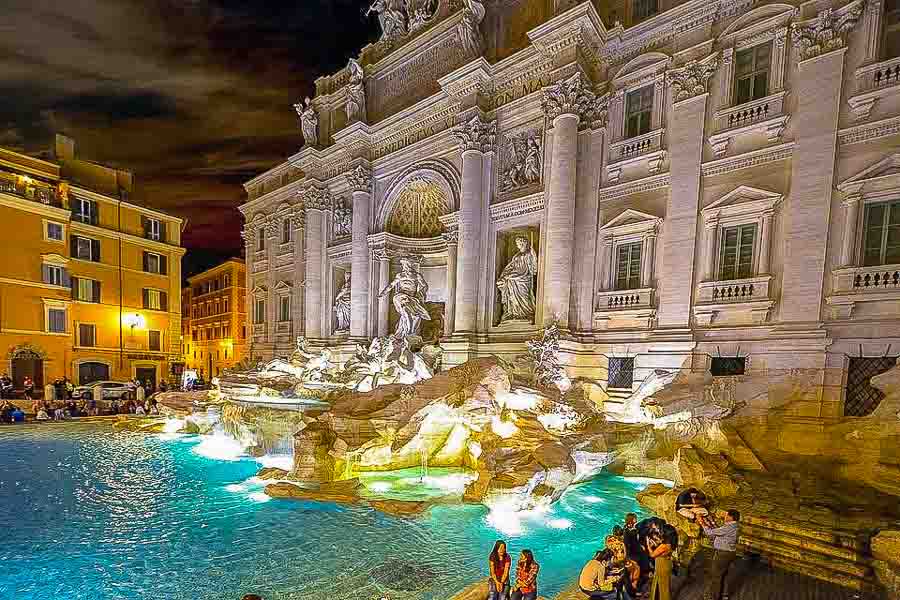
28. Throwing coins into the Trevi Fountain for good luck
The Trevi Fountain is the ideal spot in Rome to combine some amazing people watching with securing your future wealth and prosperity. Take a couple of low value coins that are just making your wallet way to heavy and throw them into the magnificent Baroque fountain with your right hand. Make sure to thing about your wish while the coins are plunging into the clear water. And you are all set. Your future will be bright.
Now, after you have no more worries, take a step back and enjoy the scenery. The incredibly beautiful Fontana di Trevi is one of the most famous landmarks in the world. Around €3,000 worth of coins are thrown into the water every single day. Looking at the busy circle of tourists coming, throwing money and leaving is one of my favorite things in Rome.
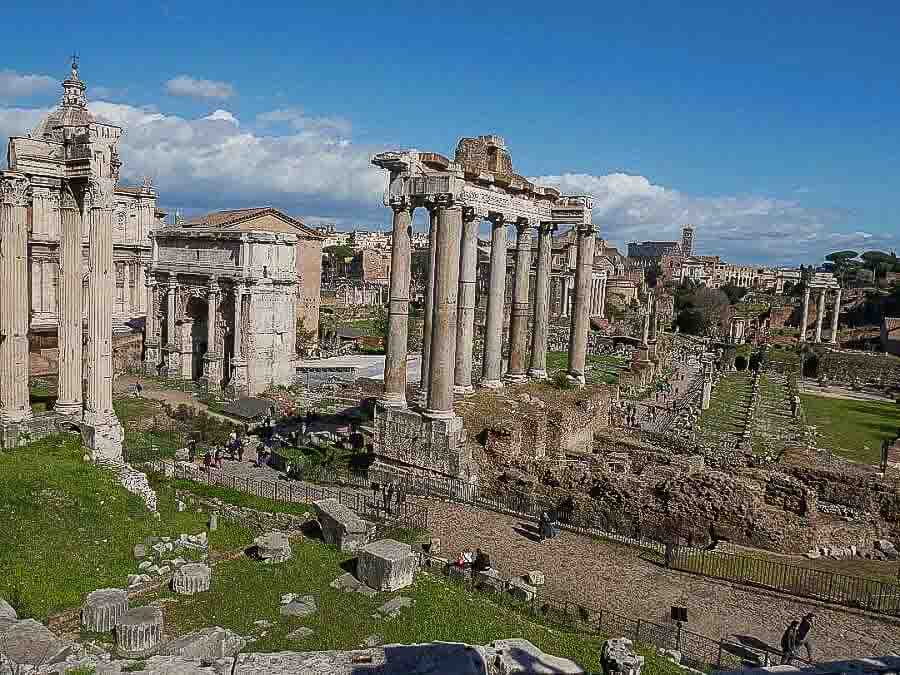
29. Explore Campidoglio
‘One of my favourite bits of Rome and one I always recommend to visitors is the Campidoglio. One of Rome’s 7 hills, the Campidoglio is one of those rare places when all of Rome’s souls come together: its ancient past, its Renaissance splendour and a touch of the chaotic, dynamic city Rome is today.
The Campidoglio lies in Rome city centre and rises above the city traffic, intense in this part of town. You access the hill via large, elegant steps and the first area you encounter is its monumental piazza. Designed by Michelangelo in the XVI century, the square is overlooked by a statue of Marcus Aurelius and is framed by imposing buildings now hosting the city’s museums and the mayor’s office.
The square is what draws visitors here but the real surprise awaits those who venture down the narrow lanes at the back of the piazza.
Here, a small belvedere overlooks the whole plain of the Roman forum and offers the most spectacular view over ancient Rome you can get without paying for admission. While not unknown to tourism, this small corner still retains an intimate feel that makes you feel like you discovered something truly special. Head here early in the morning or at sunset for the best light.’
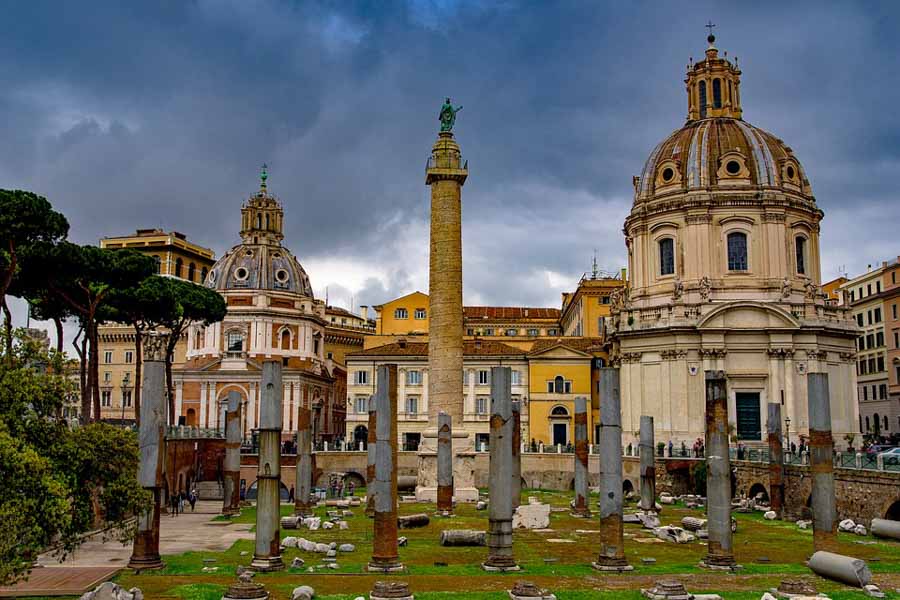
30. Explore Trajan’s Column
Located in the Imperial Forums, Trajan’s Column stands majestic and was created to celebrate Trajan’s victories in his military campaigns in the Dracian wars of 101 to 106 AD. The Column is over 115 feet tall and used to have a bronze statue of Trajan and was replaced with a statue of St. Peter which still stands today. Placed in the northernmost section of Trajan’s forum, the column is the most prominent landmark still standing in the forum complex. The remaining ruins around the column represent the spacious piazza with colonades, two libraries and a possible temple in the main civic space.
31. Theatre of Marcellus
Check out more of Kathy’s post on Best tours in Rome from Untold Morsels
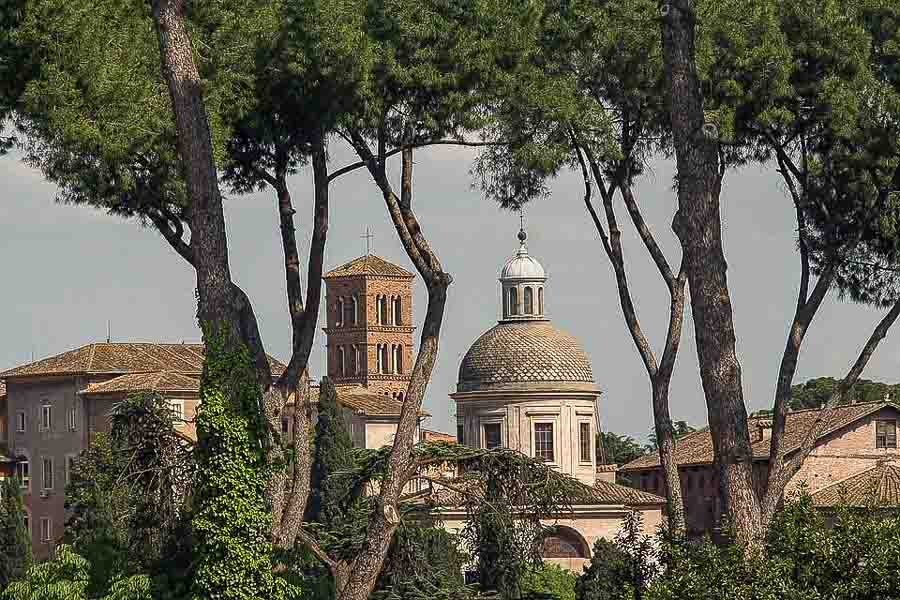
32. Walk around Villa Borghese
A favorite place for locals and visitors, Villa Borghese is a green park and respite from the busy urban center of Rome. Inside these beautiful public gardens is the gorgeous villa built by an influencial Roman Cardinal which is now a museum housing the Borghese Gallery.
The grounds surrounding the Borghese Gallery are free to explore and it’s definitely worth paying for the entrance to view the magnificent artwork, sculpture and personal collections of cardinal Scipione Borghese, including famous artwork by Bernini, Caravaggio, Titian, Canova, Raphael, Rubens and Corregio.
33. Visiting the Pantheon in Rome
Where to find free scenic views of Rome
34. Gianicolo – Janiculum hill
You can get spectacular views of Rome from Climbing up Janiculum hill in Gianicolo. Top sites to see from there include Castel Sant Angelo, St. Peters Basilica, Pantheon, Monument of Victor Emmanuel.
Tip – after seeing all the gorgeous views, walk back downhill to Trastevere and spend a lovely evening at a delicious trattoria or wandering around the cobbled streets in the neighborhood.
35. Pincio – Rome view at Villa Borghese
From the lovely terraced areas of Village Borghese park, you’ll spot some amazing views of Rome and rooftops. Highlights to visiting would be views of Piazza del Popolo, Prati district with the Vatican and St. Peters in the background.
36. Rome view from Piazza Venezia
Make your way to Piazza Venezia at the Il Vittoriano monument and from various levels you get free views to the city. But for a nominal fee, take the elevator to the top of the platform and you’ll get panoramic views all around Rome for a 360 degree views.
37. Vittoriano
The famous marble landmark that is at the center of Rome and looks like an oversized wedding cake has a lot of free views from different platforms, but you can get some nicer views from the top platform, but there is a lift that takes you to the top for a nominal fee.
38. Orange gardens at Aventine Hill
One of the seven hills of Rome, the Aventine Hill overlooks the Tiber River and panoramic views of Rome below. This quiet spot is a great area to just relax or picnic with fantastic views of the city.
Where to stay in Rome
Finding a great place at a cheap prices is not so easy in Rome especially if you want to be in the central district. So the first thing in finding some affordable is to be outside of the historic areas of Rome. Here are some suggestions on more affordable neighborhoods in Rome where you can find some decent and well priced (cheaper hotels) properties to stay and are accessible by public transportation.
The Tiburtino area east side is affordable with easy public transportation access to various smaller inns and hotels. Check here to view hotel properties and prices.
Ostiense district – located on the southern area of Rome and easily accessible to central and historic parts of Rome. Hotels are cheaper and well priced, check here for hotels or inns in the area and current prices.
San Lorenzo district – also on the lower east side and closer to the main train station, you’ll find affordable and nice hotels and pensions in the area. Check here for hotels or inns and current prices/availability.
Check here for more top rated hotel reviews in Rome from Trip Advisor based on value and current prices or check out the best hostels to stay in Rome.
How to get around in Rome cheap or free
Getting around Rome is very easy with public transportation by metro, buses and other modes of Transport. Here are some suggestions of how to get around the city on a dime.
Tip – You might want to invest in this theft proof back pack to carry all your essential items, snacks and travel gear while you are exploring this amazing city.
Walk around the city for free
Rome is definitely a walking city and the popular neighborhoods of Piazza Navona, Campo de Fiori, Vatican, Villa Borghese, Pantheon, Spanish Steps and Trastevere are all easy to get to on foot and a few have pedestrian lanes going through these sites to make it easier to visit many of them. The best tactic would be to group 3 or more neighborhoods into one excursion so it’s easy to visit them all without getting exhausted from walking long distances.
Take public transportation like the metro
Public transportation is cheap and goes through all of Rome’s neighborhoods and popular venues. Taking the buses are a little tricky to master unless you know some Italian. So I would recommend taking the metro which covers most areas of interest for visitors. One ticket which is valid on the metro, trams or bus cost 1.50 Eur and is valid for 100 minutes which is a good deal. You can also buy a week transport pass called the CIS for 24 Eur.
Catch an Uber
If your tired of walking or taking public transportation especially late at night, then catching an Uber is probably a nice alternative but a little more pricey because the only Uber available is black which is the luxury option. Check the app ahead of time to see if the price at time of booking is something you are willing to splurge on.
Here’s some other posts on Rome
A travel guide to Rome in 3 days
20 pictures of Rome to inspire you to visit
Tastevere – Tasting food at popular specialty shops & markets
Check out these other locations for free and cheap things to visit
Free things to do in Sao Paulo
Please pin this for later!
Thanks for visiting today and checking out this post on Things to do in Rome for free, if you enjoyed the images and post, could you please share it with any of the social media buttons located around the post.
If you like what you see, come and check out my other social media channels for more updates, including Instagram, Pinterest and Twitter
Disclosure – There are affiliates links on this posts which provide a small commission to support this site at no extra cost to you. Thank you for reading, and happy travels.

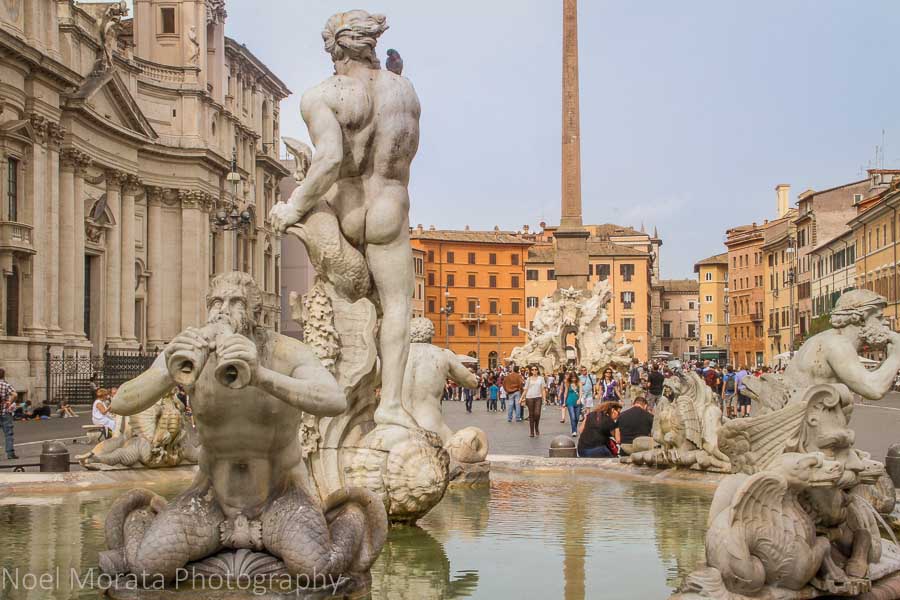
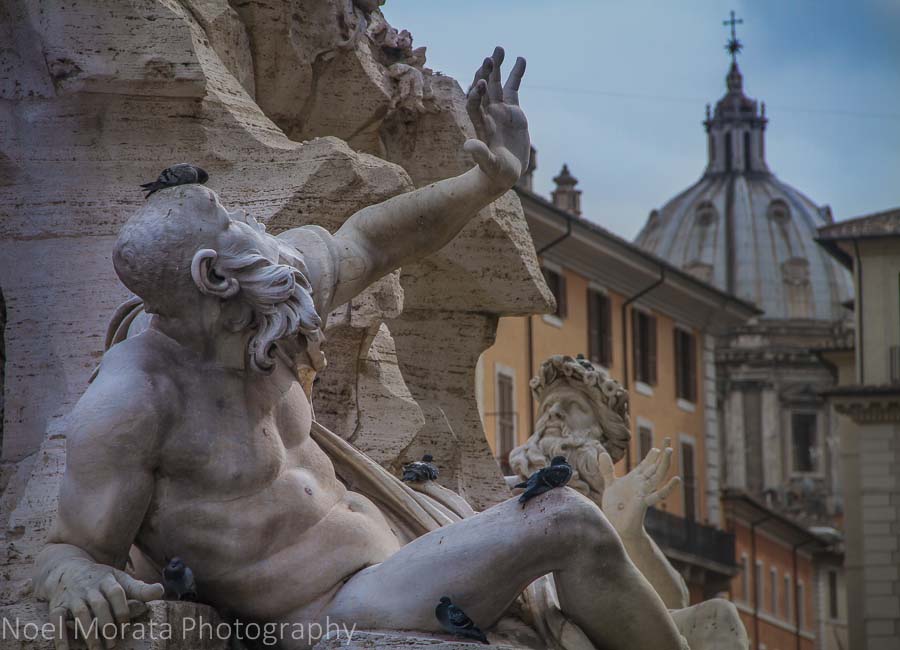
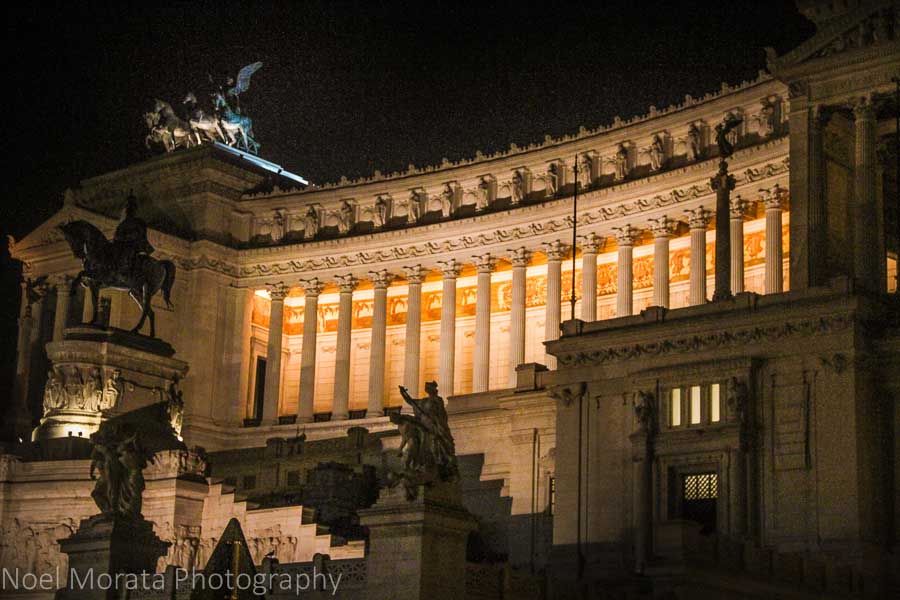
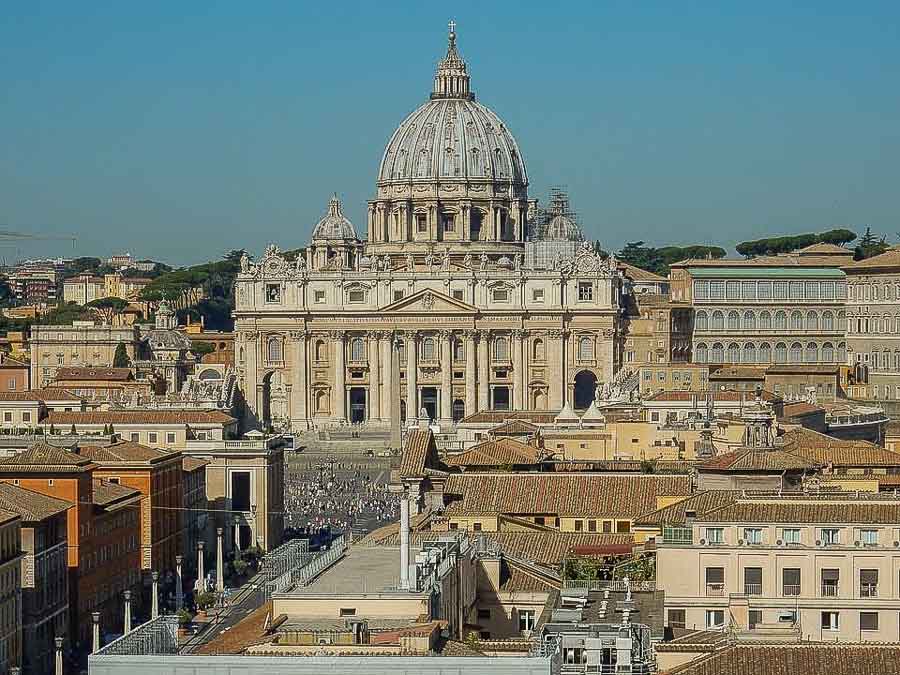
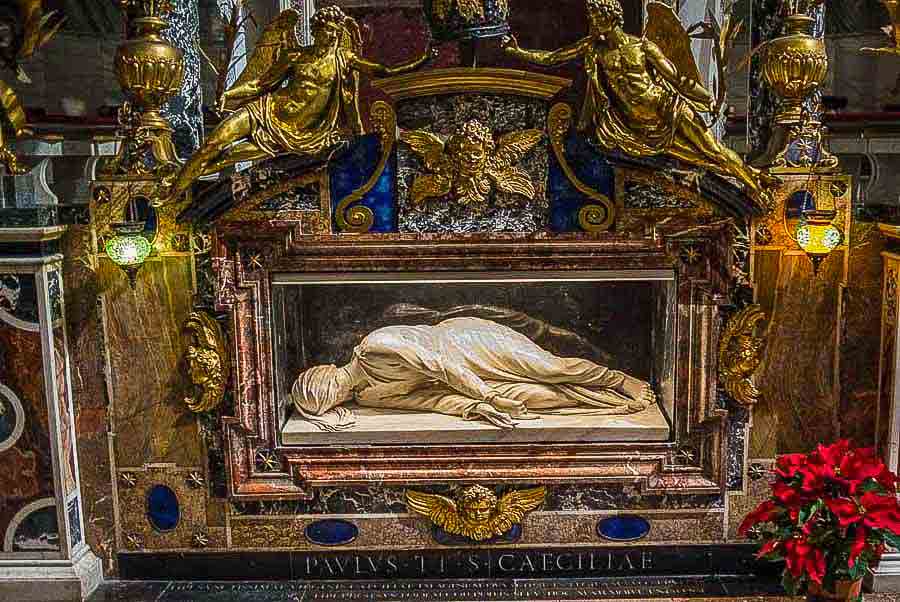
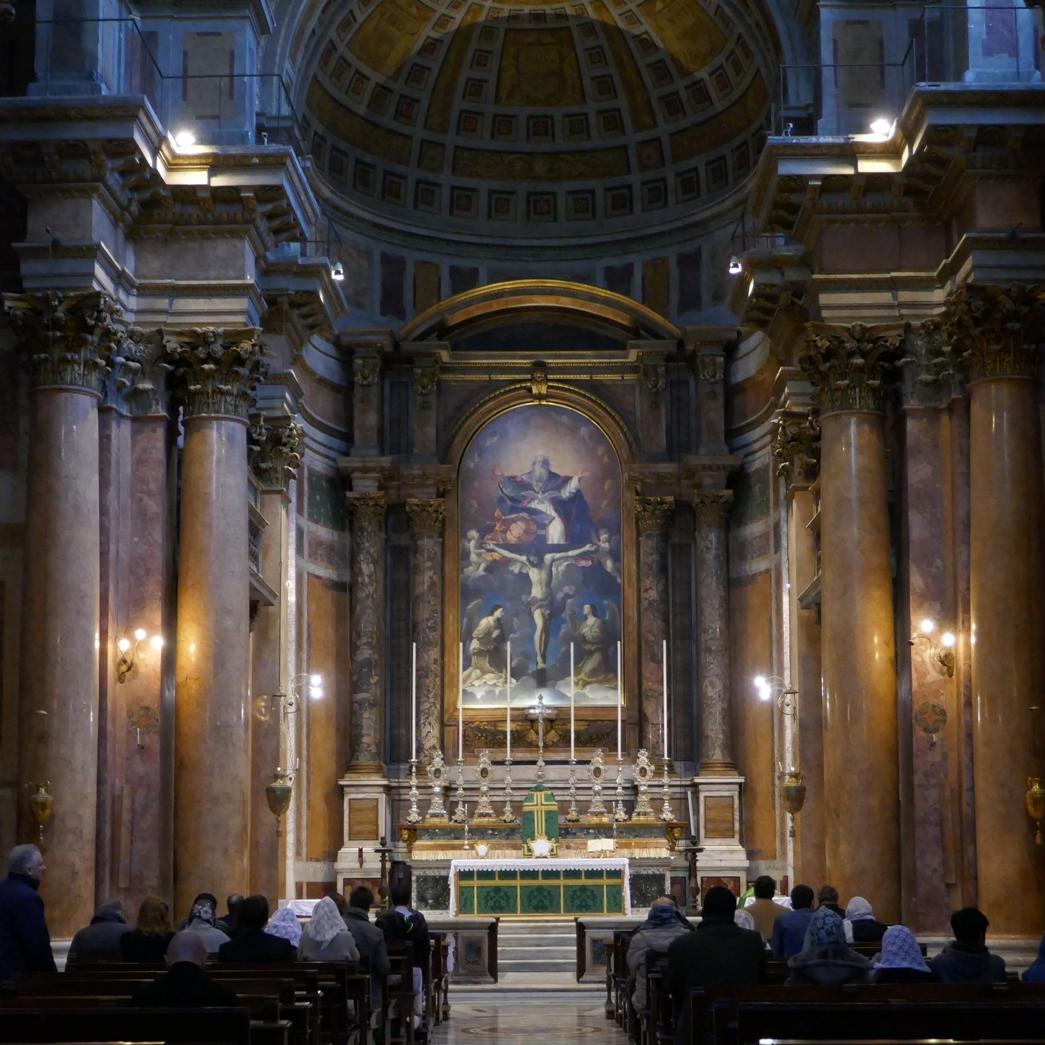
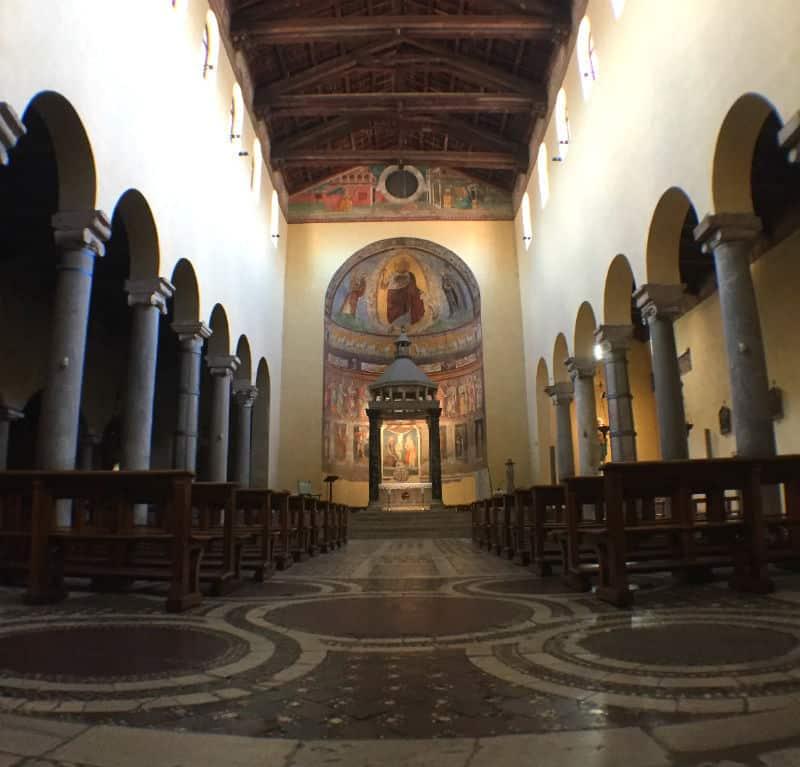
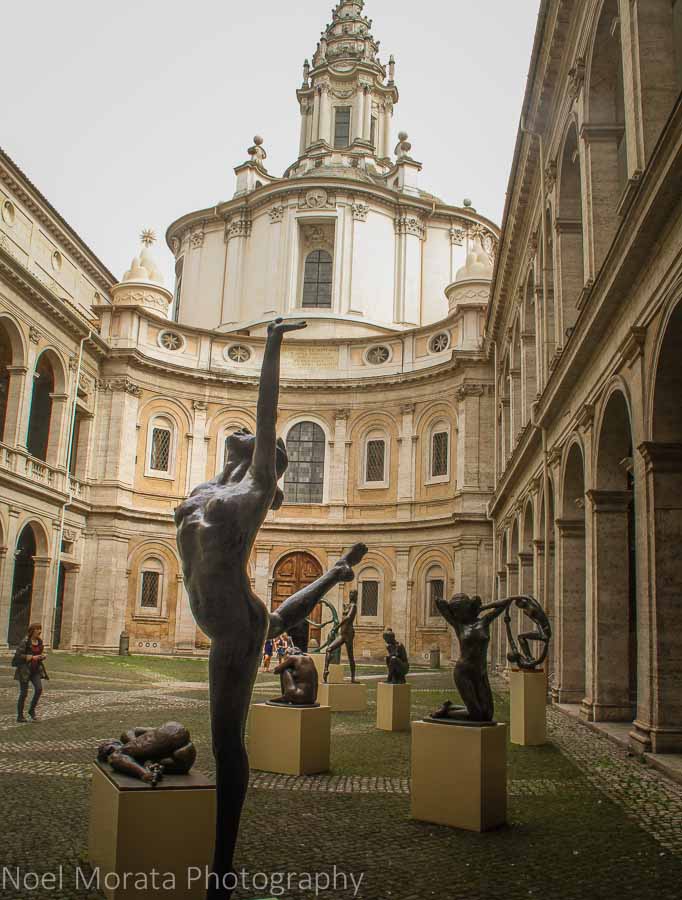
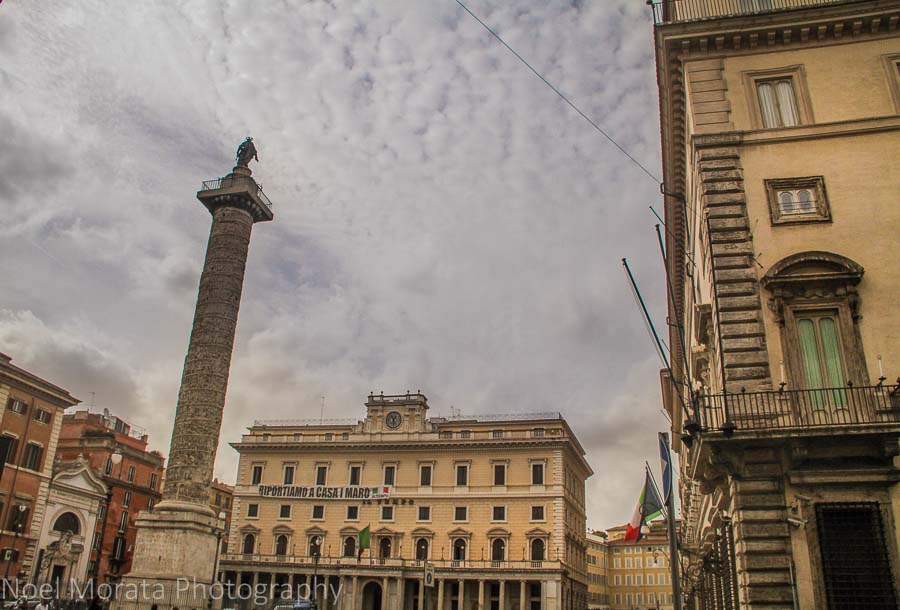
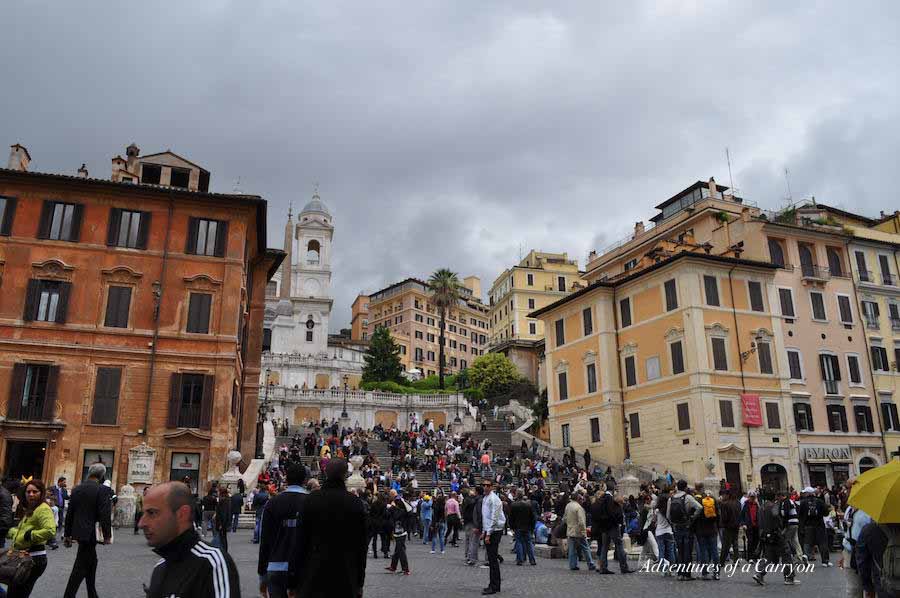
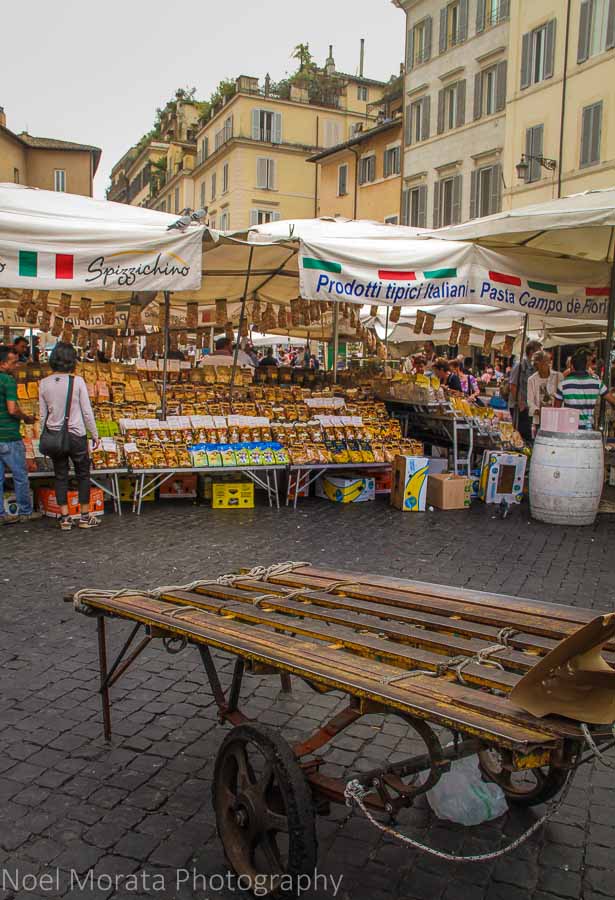
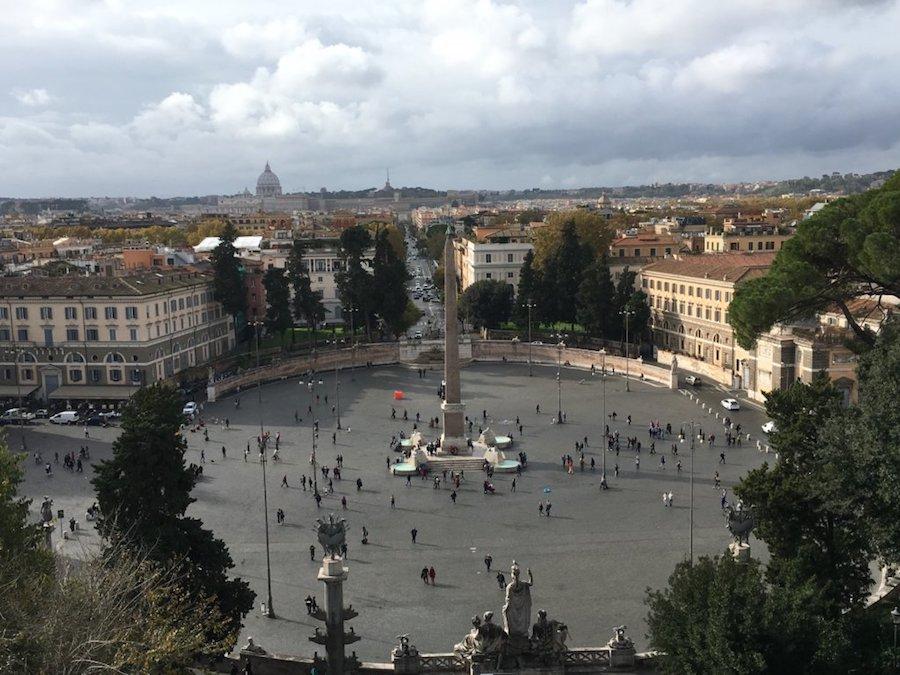
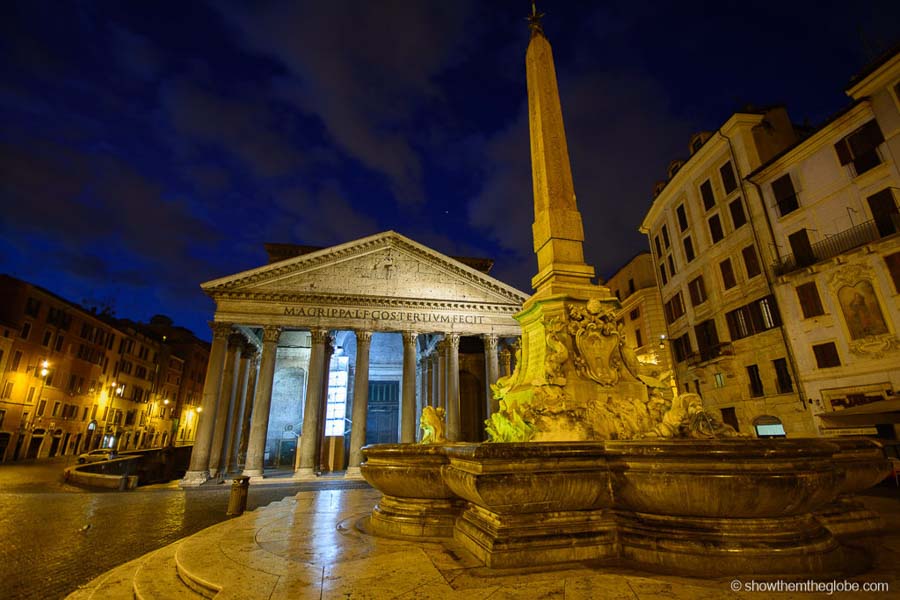
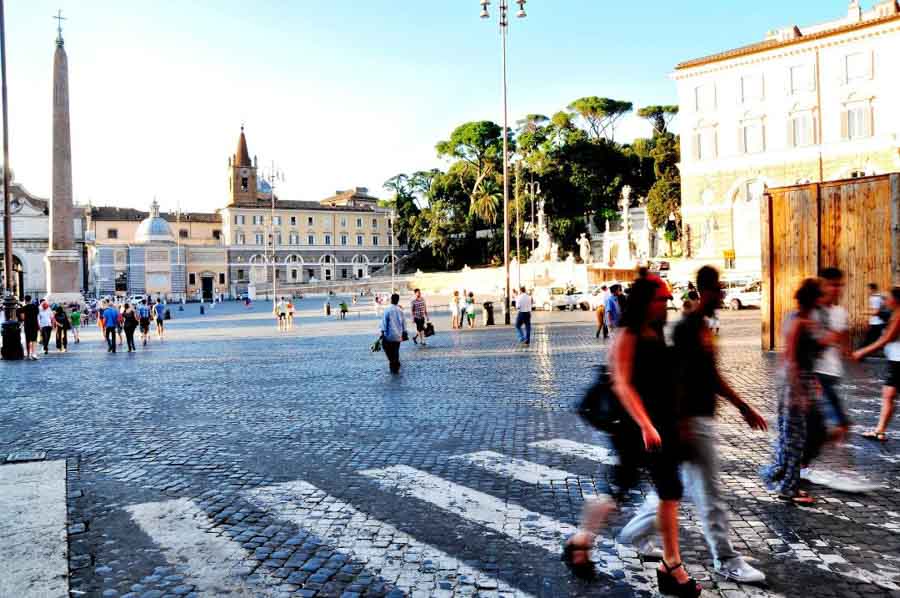
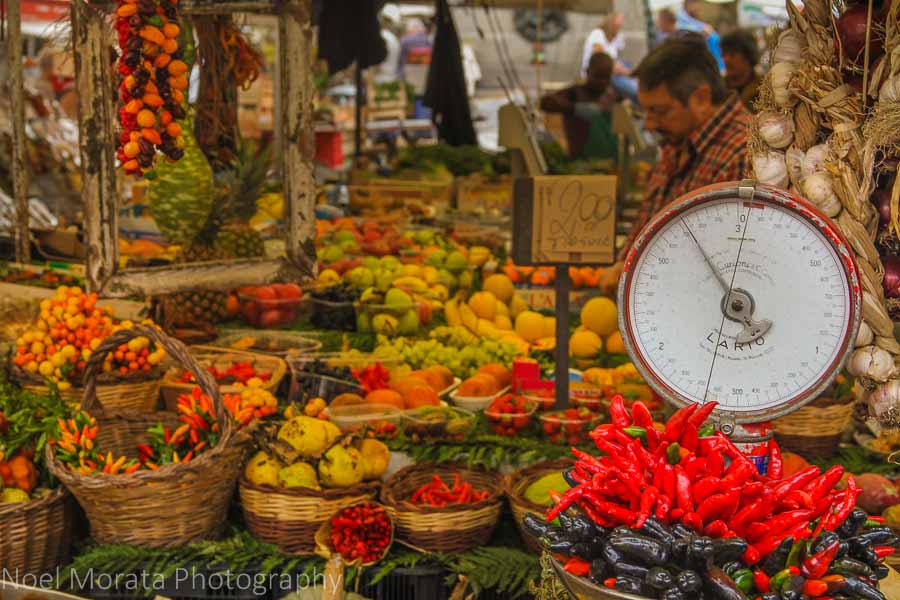
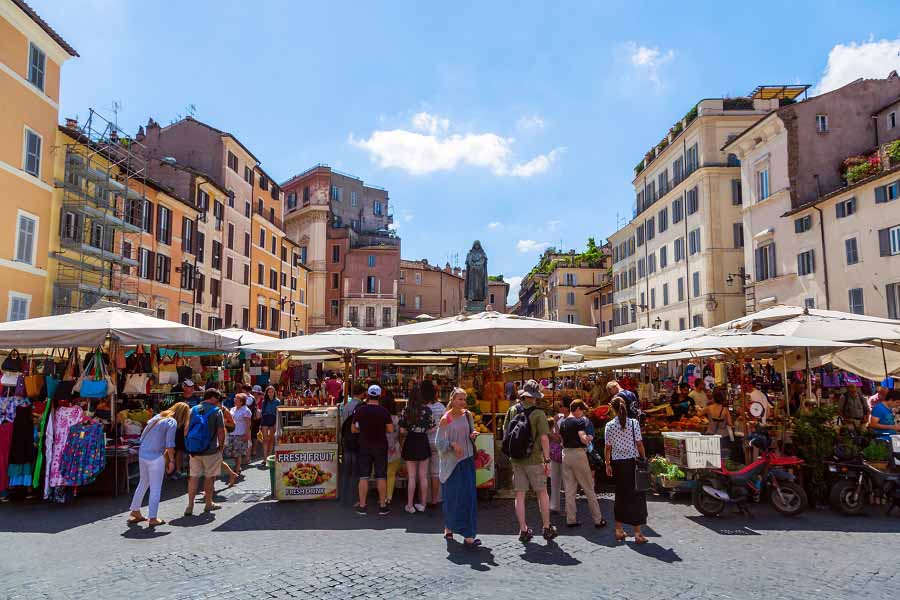
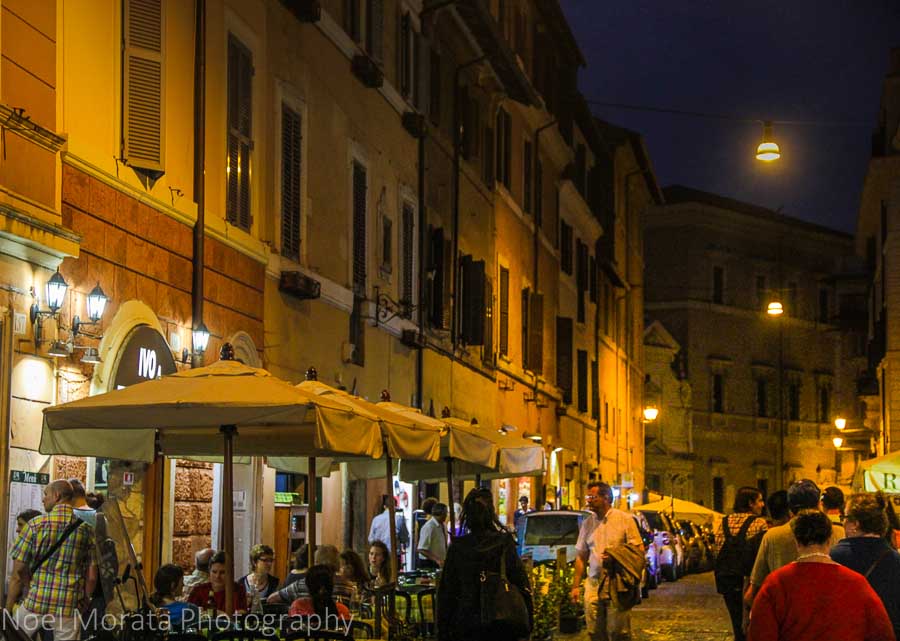
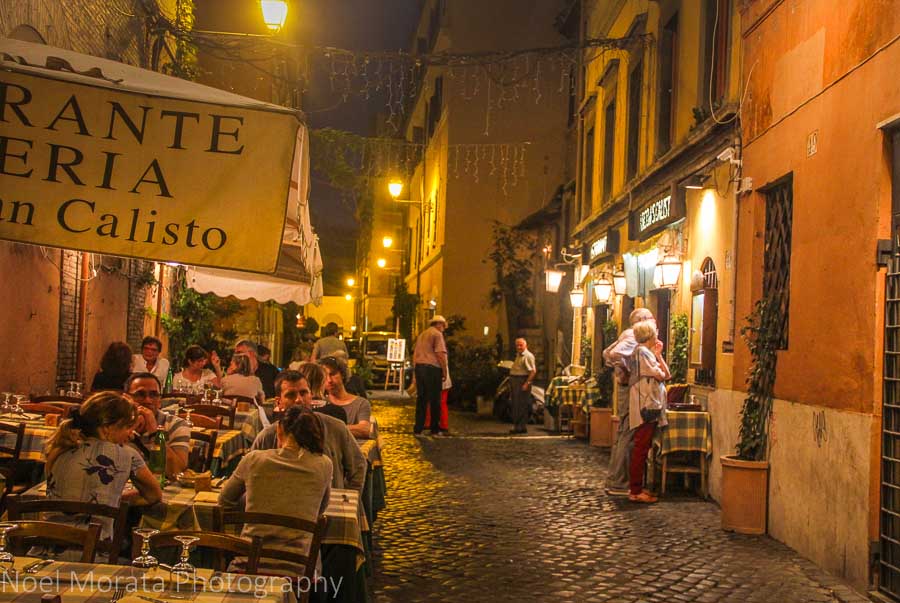
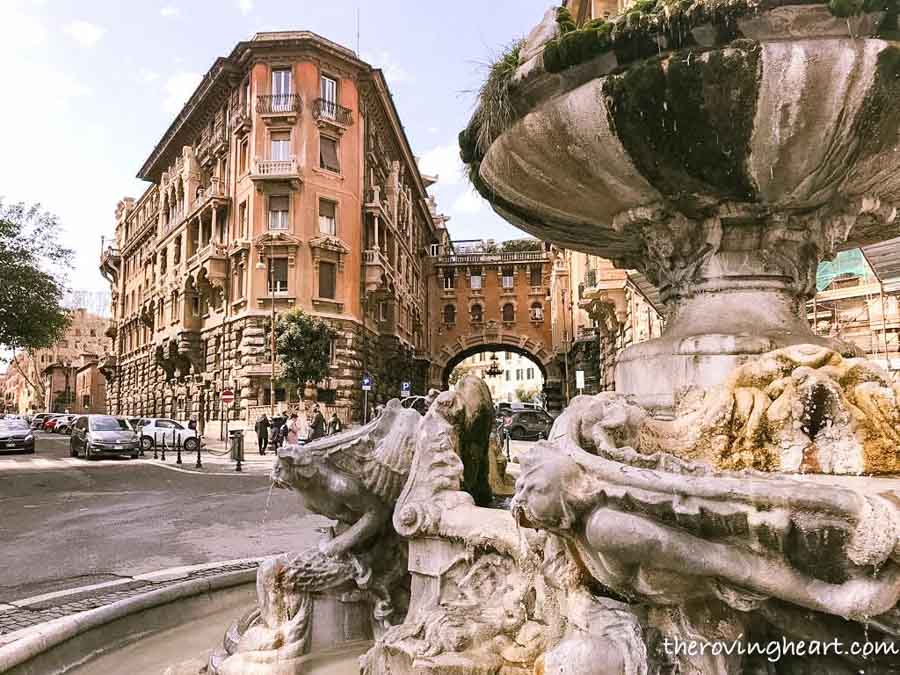
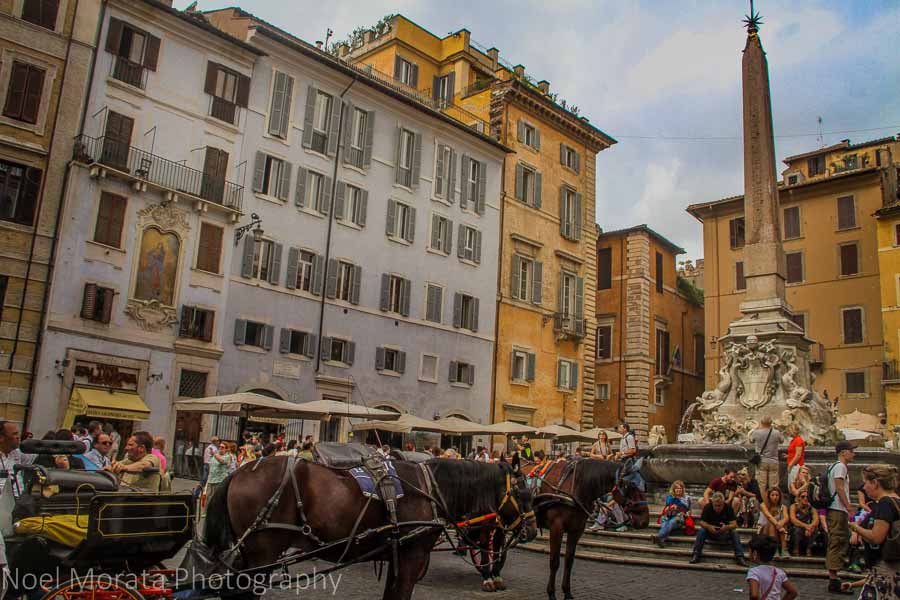
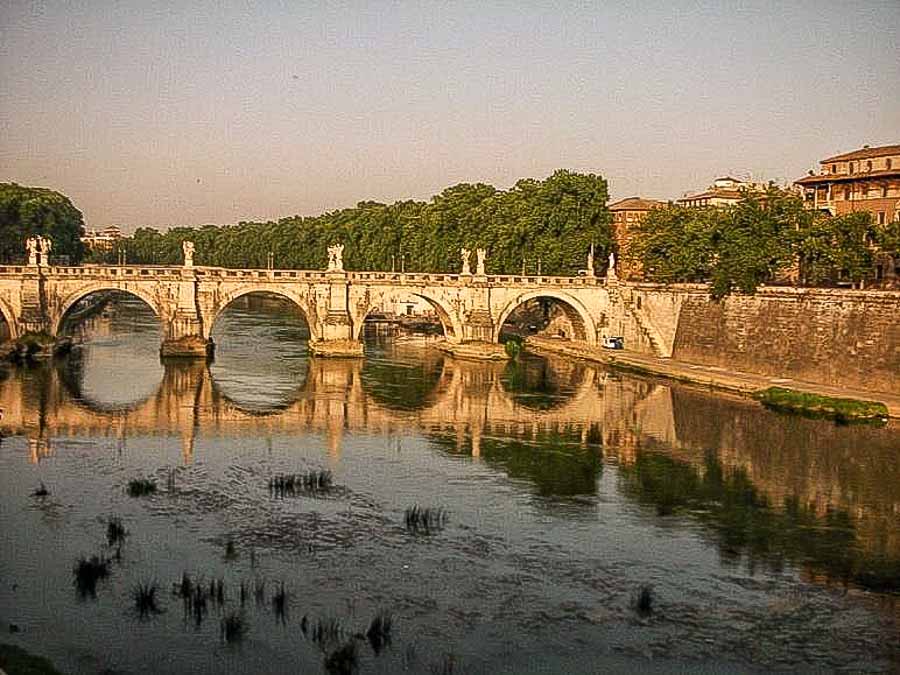
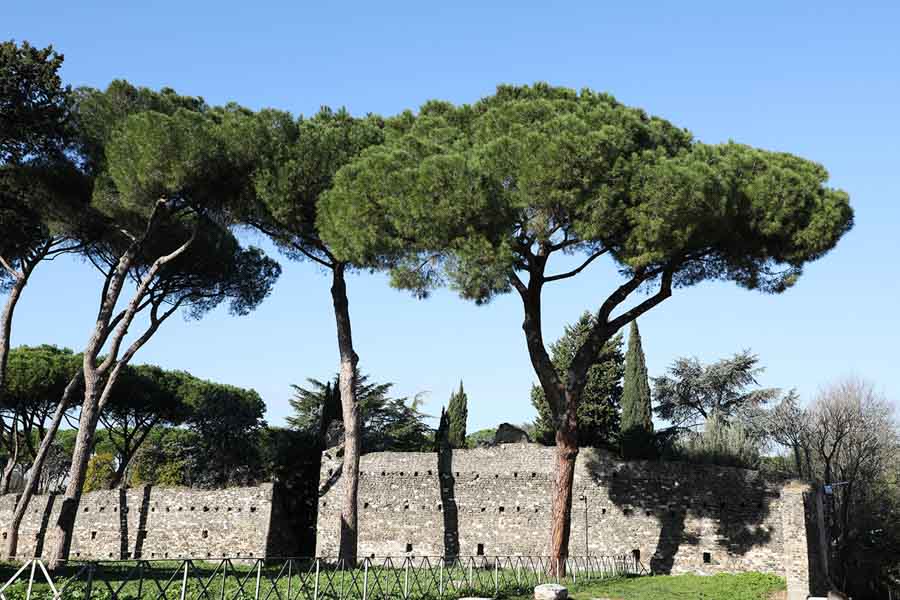
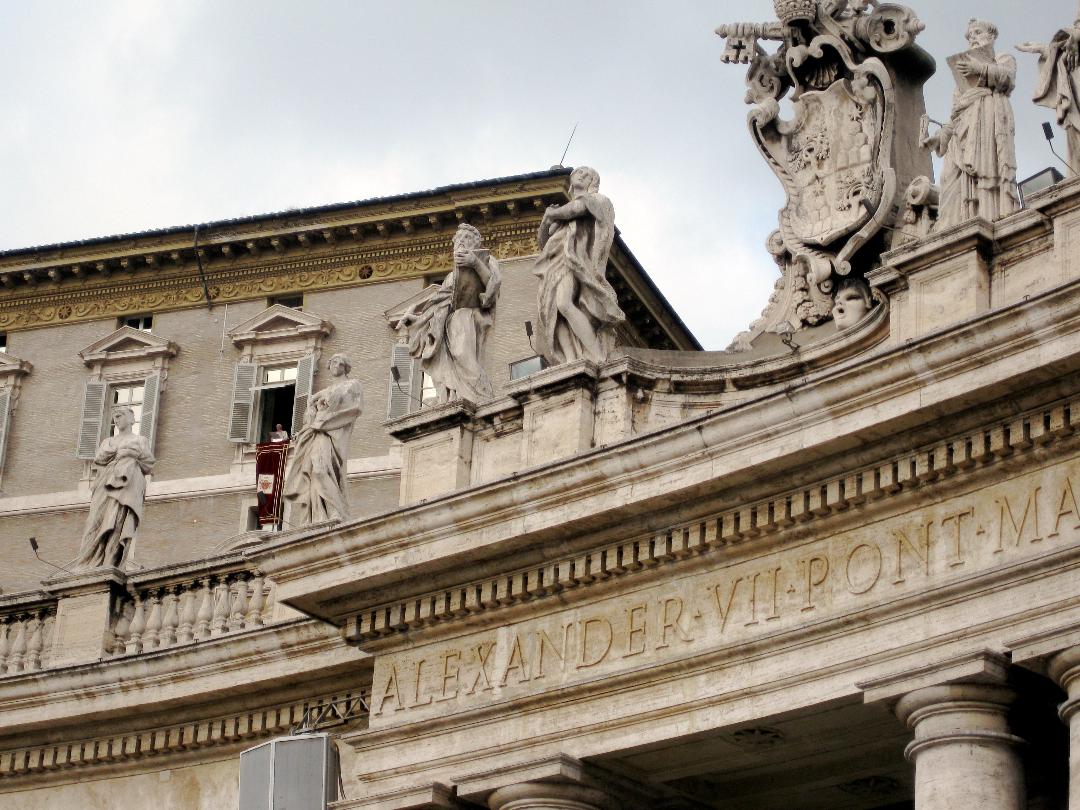
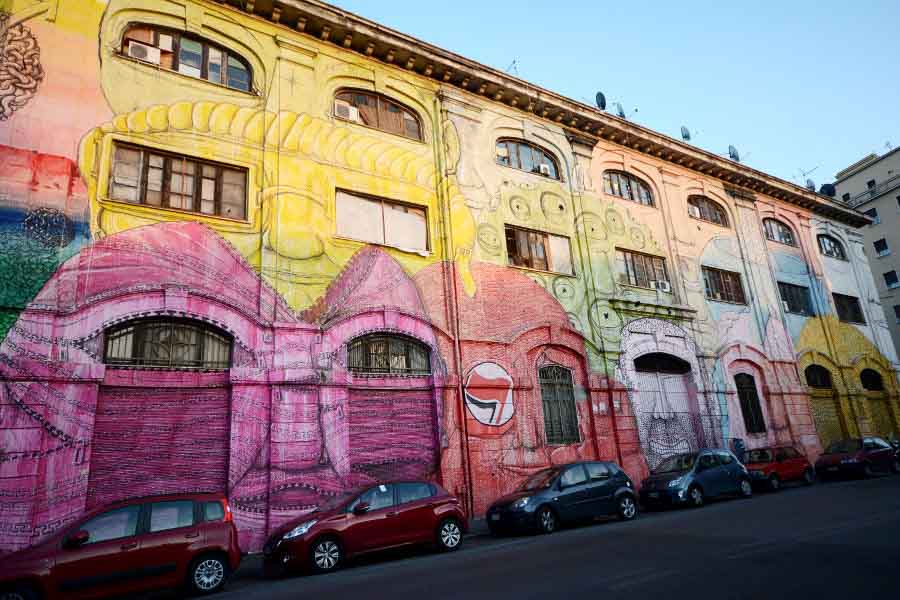
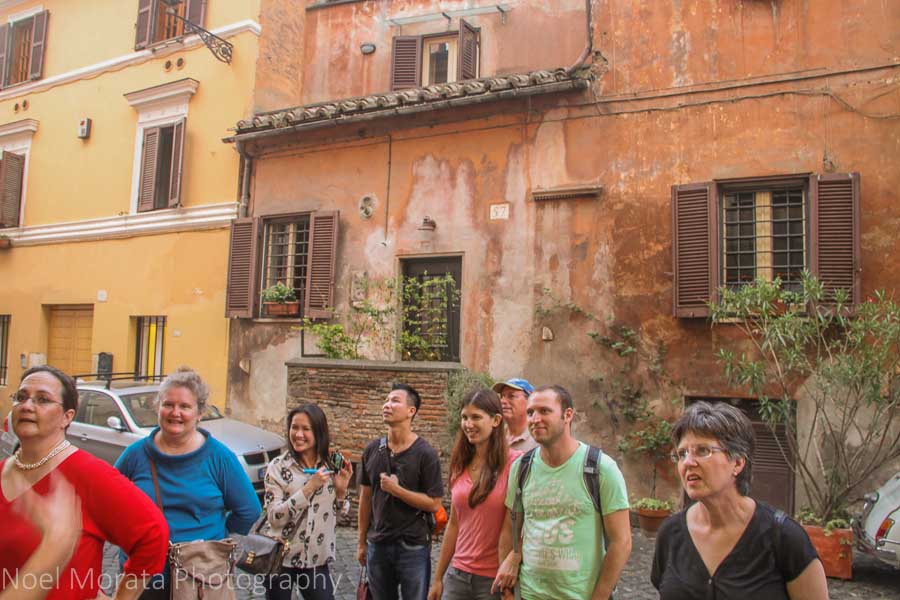
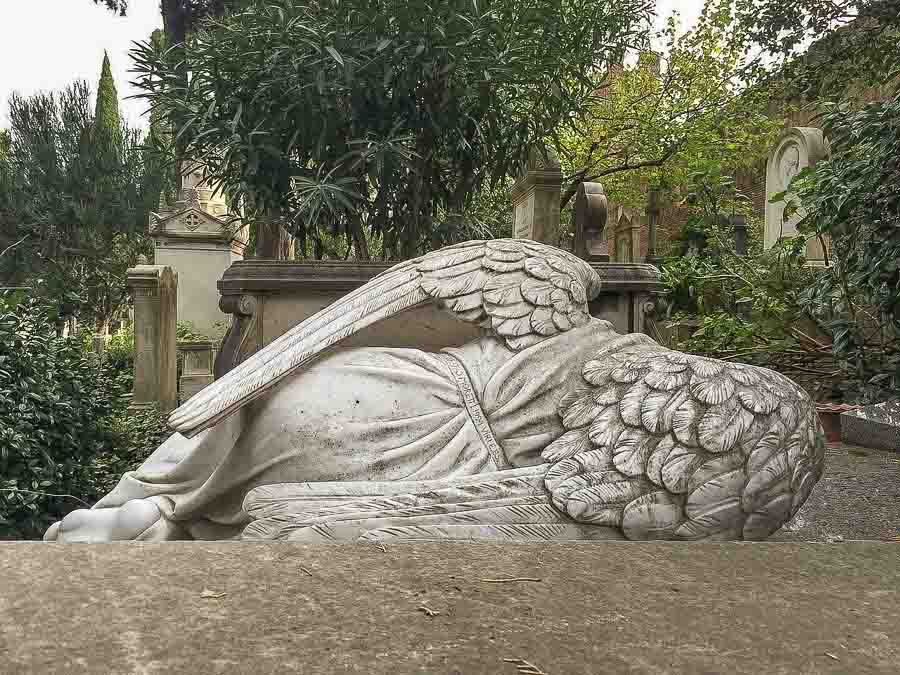
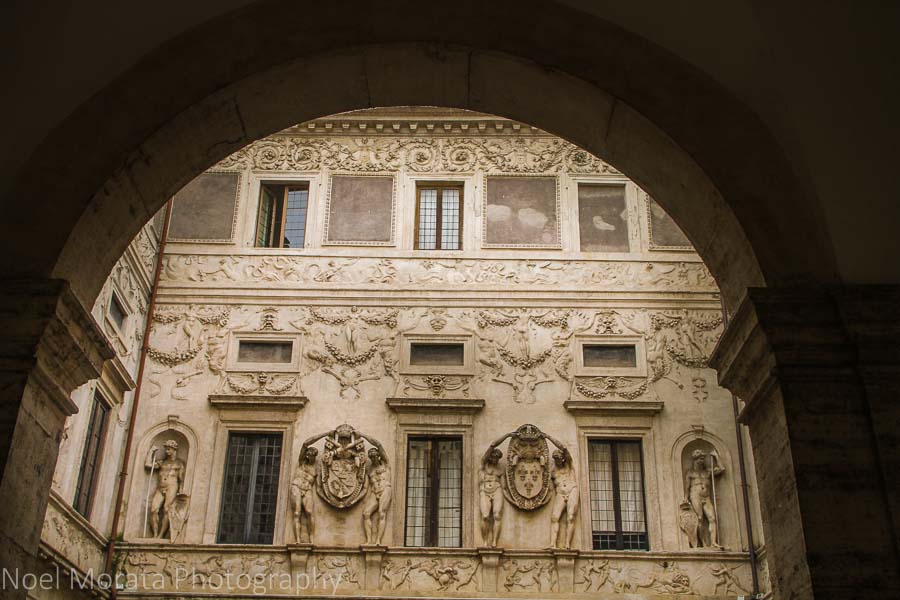
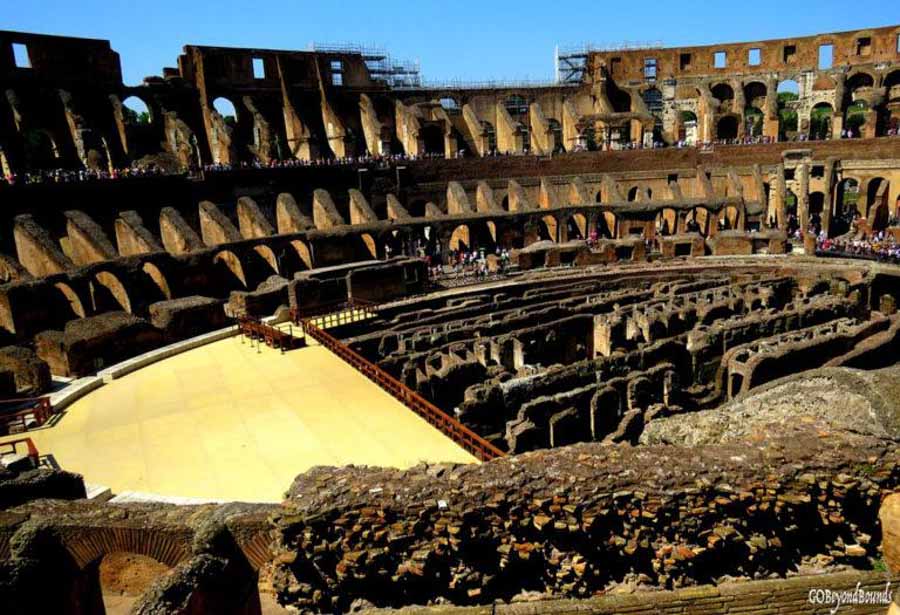
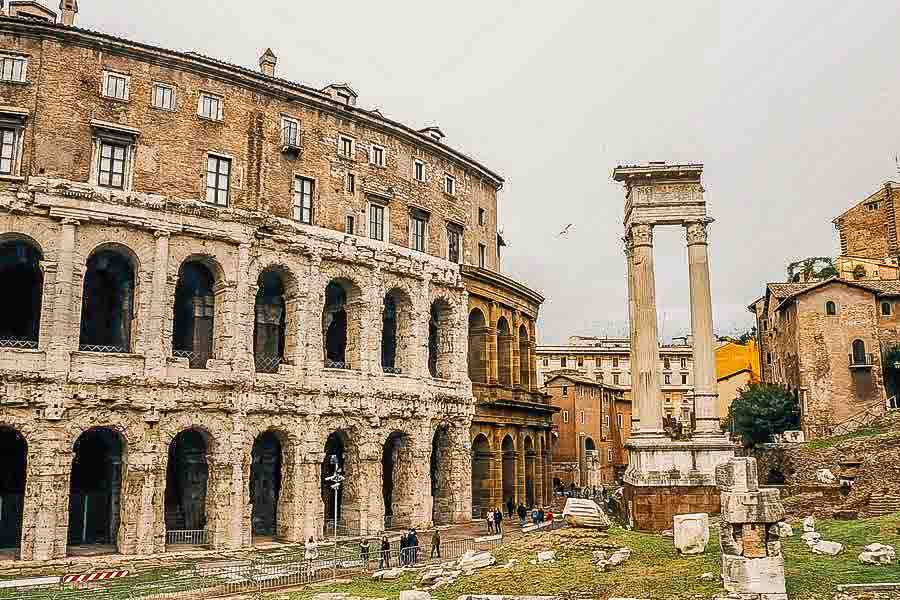

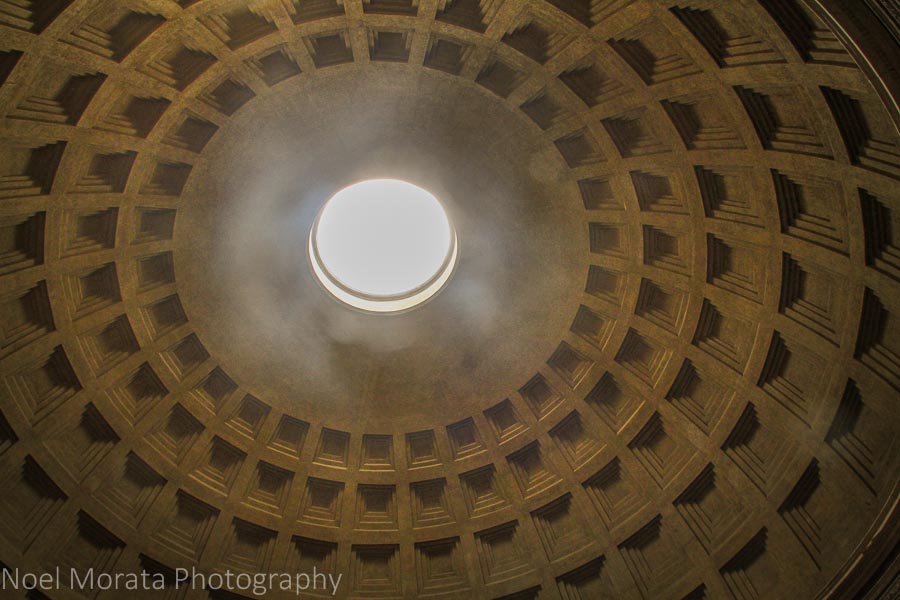
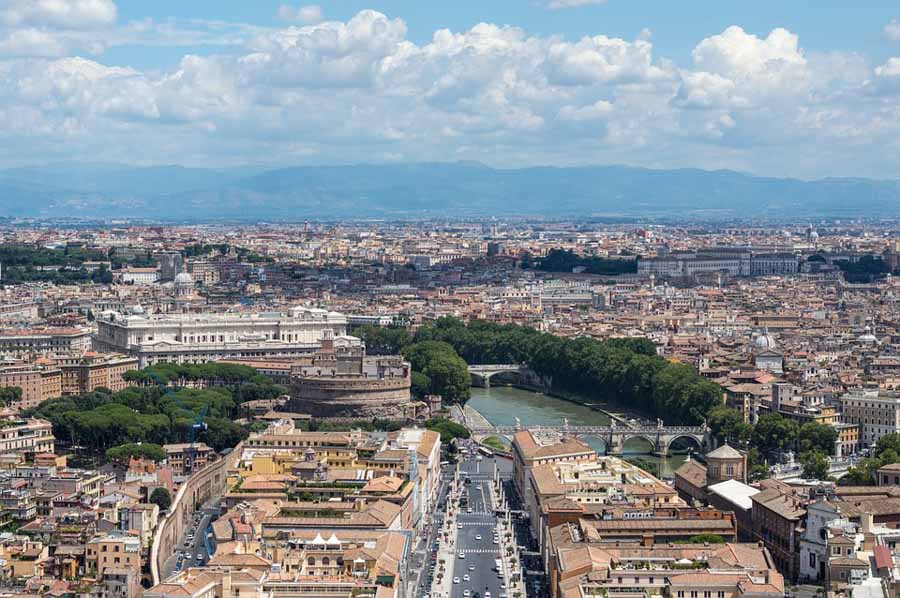
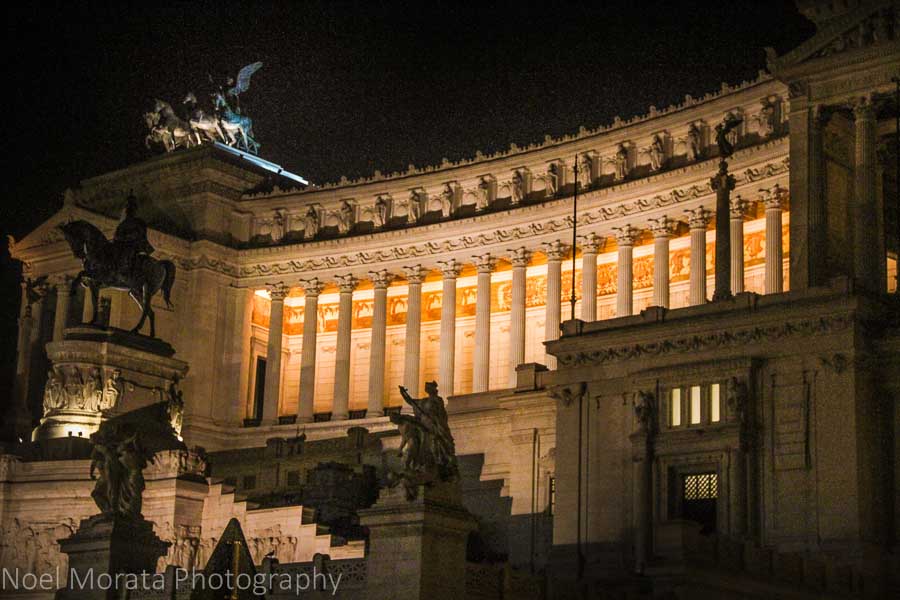
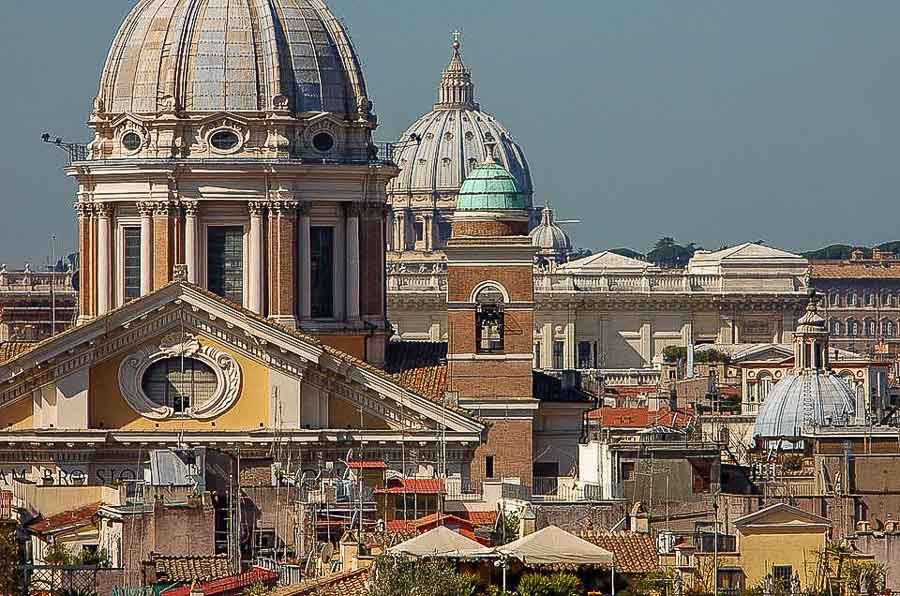
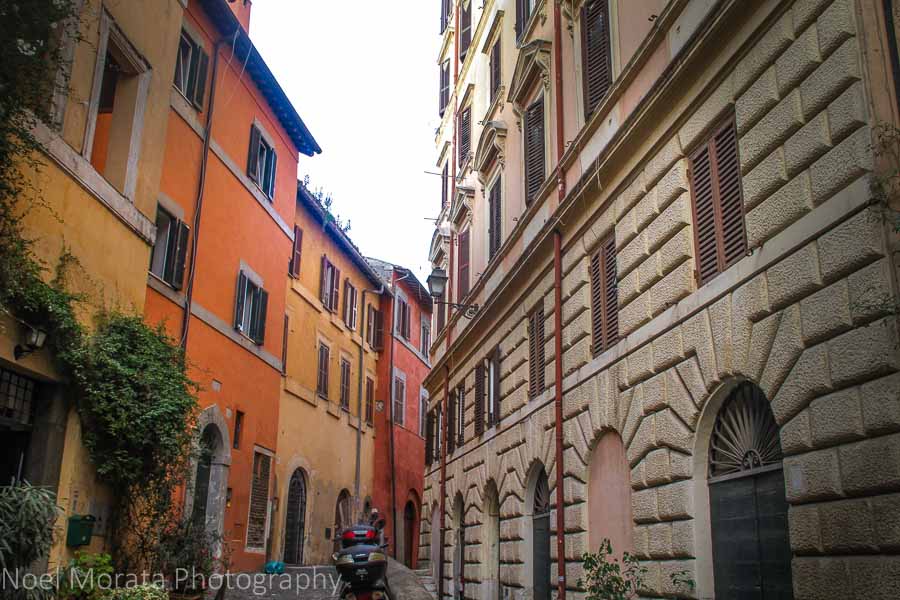
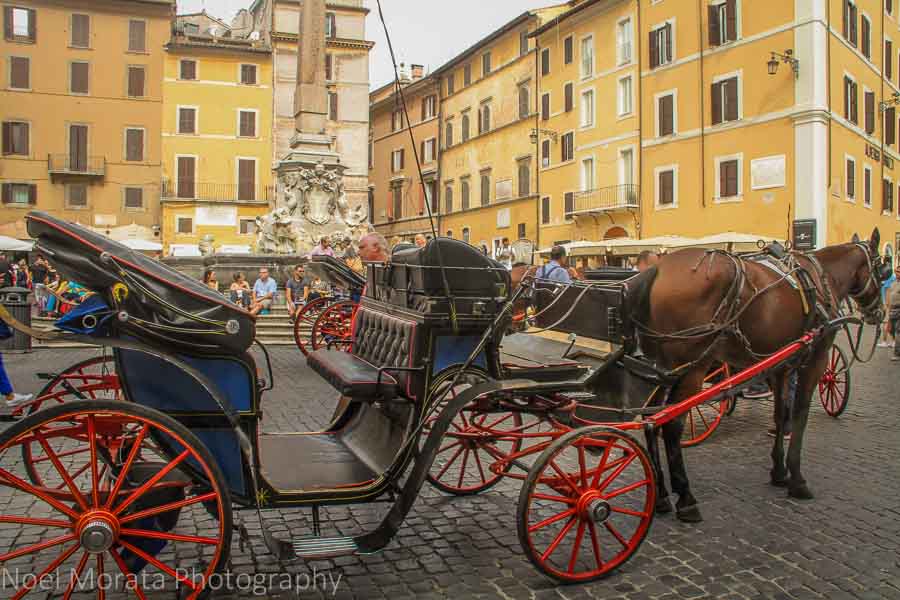
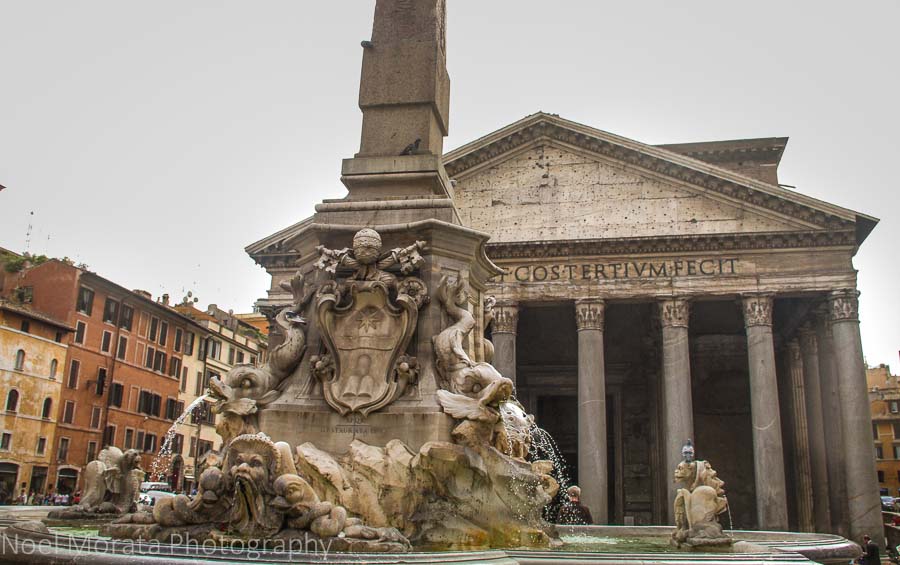
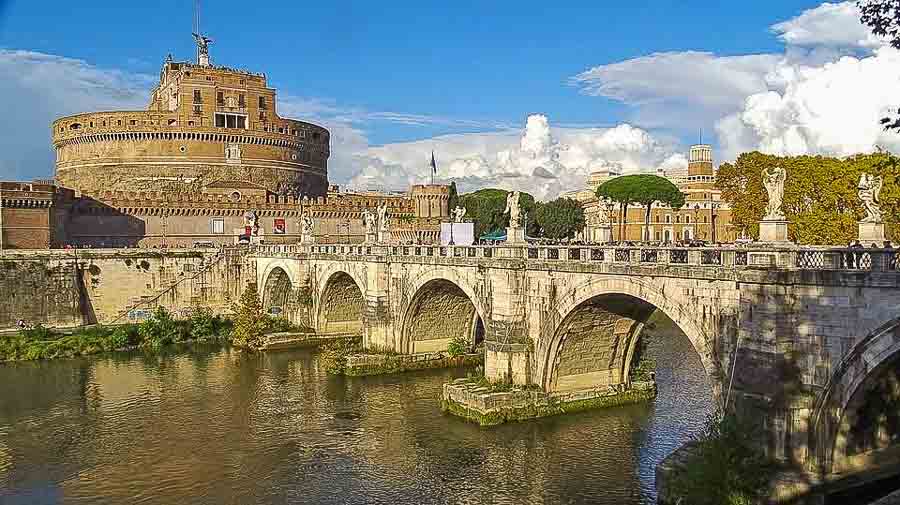
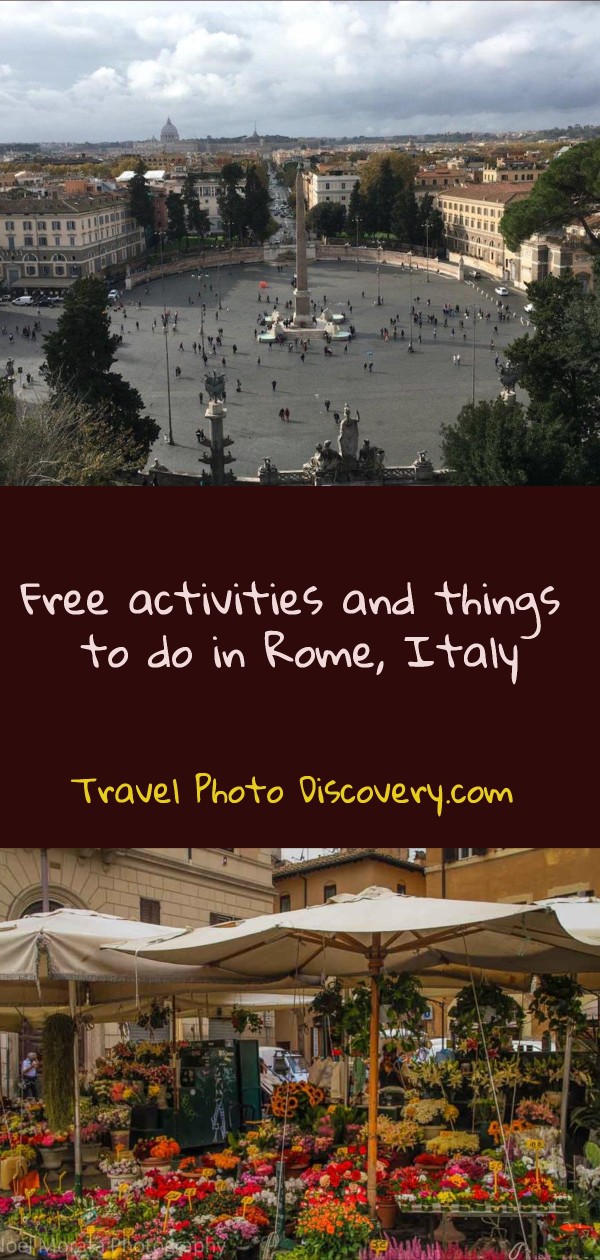

Great blog! You have covered all the things to for free in rome nicely.
This list looks extremely full with lots of useful tips. I didn’t realise the Colosseum was ever free. I did a whirlwind tour through Rome so everything was skip the queue in order to do it fast. I’d much rather see Rome in a leisurely fashion and do all the free spots.
A lot of the historic sites are free but only once a month so timing is key, but there are def a lot of great free things to do in Rome
Free things to do are the best! Rome is a beautiful city and just going around and appreciating the architecture!
Rome is amazing, even better when you can do all these things for free in the city.
I have fond memories of going on a self-guided tour of the churches of Rome. Basically, I walked around Rome and entered every church I found. Every church was amazing and each one was a work of art in itself. The Church of Saint Yves at La Sapienza stands out as one of my favorite from that trip.
The churches of Rome are amazing and all these free attractions in Rome are amazing to experience.
I love this post! It is so comprehensive and I just love looking at pictures of Rome! I hope to be able to visit it soon!
I can never get tired of seeing Rome and check out all these free things and places to visit in Rome
Wow, what a super helpful post. I agree that the Piazza Navona is spectacular, and think wandering around Rome at night is just about the best free thing to do anywhere. I honestly forgot that St Peter’s Basilica is free – this was a good reminder. And with their spectacular art, churches really are a way to sightsee. And markets, what a great idea.
Piazza Navona is special at night time and all these attractions are free to boot!
We’re off to Rome in November so this is the perfect post for me. I am also now obsessed with the story of St Cecilia!
Definitely need to check out that attraction and all these other free places to visit in Rome.
What a comprehensive view of free things to do in Rome! Churches are always a great thing to see. You have shown some amazing ones in Rome. St Peters is absolutely worth half a day. We loved hanging out on the Spanish Stairs for sunset. Funny to watch everyone with their bottles of wine. Markets are always a treat to visit in new towns. The colours and smells are great. It is always smart to check for free museum days. Glad to hear that Rome has a number of spots. I have pinned this one for reference on our next visit to Rome! Thanks.
It is amazing that there are so many interesting and fun places to explore in Rome and all of them are free, what more can you ask for.
Wow that is a good long list of free things to do in Rome. Visiting markets would be the first thing I would want to do.
Visiting Vatican museum on a free day would scare me a bit because of the possible rush. Hope I get to visit Rome again.
Yes Rome is amazing and all these free things to do and see in the city make it even better, don’t you think?
Visiting Rome is such a sensory overload. I was there for only 3 days and there’s so much I missed. Would love to have visited some of these markets and spent more time exploring at night. Beautiful post, Noel.
3 days in Rome is intense especially with all these free things to do in the city
Rome is really interesting but the main sights do get very busy but you must see them, like the Pantheon Walking is definitely one of the best way to get around and you often do bump into sights you wouldn’t otherwise see. Although after visiting a lot of churches you do start to think your are in the the Da Vinci Code
There are a lot of amazing attractions and places to visit in Rome and fortunately here, they are all free.
Amazing! I have rarely seen a major city with so many free things to do. Inspired. Noted for whenever I do a Rome trip. My wife saw it a long while back. Looking forward to it myself
Rome is amazing especially when there are so many free things to do here.
I love your photography Noel. You use of natural light is exquisite. I really like the story of Saint Cecilia. The statue sounds beautiful and I never knew the Paul Simon song was about a Catholic Saint
Wonderful photo essay of Rome, Noel. It is truly a city I would love to revisit.
We were just in Rome so this post brings back so many happy memories. It is enchanting and as you so well pointed out, it need not be expensive!
Rome really does shine for visitors especially when most of these attractions and places are free to visit.
You have captured the essence of Rome and a lot of these are some of my favorite things to do in Rome for free. My husband gets a kick out of rediscovering his home through my eyes and l love going out with my MIL when she goes about her everyday life, market shopping..me with no Italian, and her with no English, but we make it work :-). That image of the angel with wings is stunning! I love it.
I would love to visit that cemetery along with many of these free things to do in Rome.